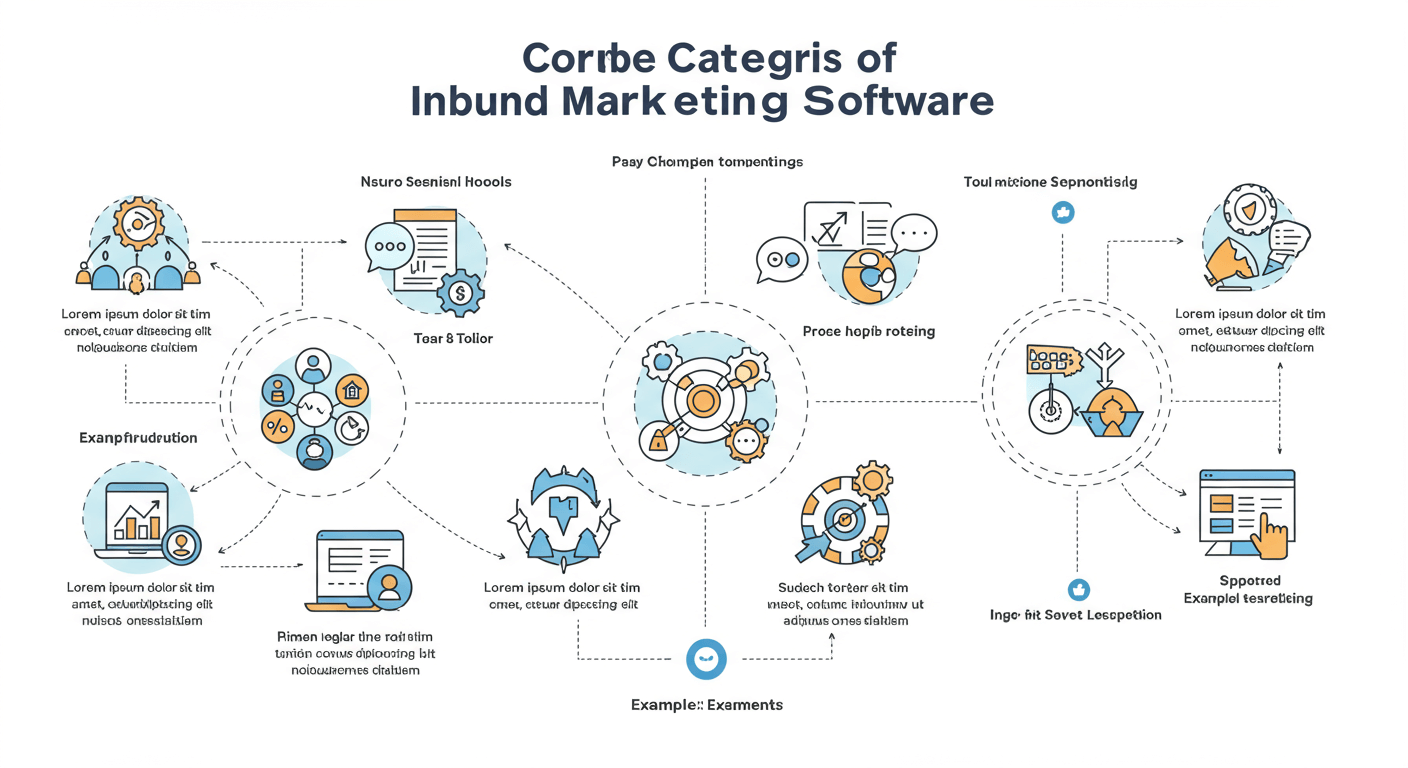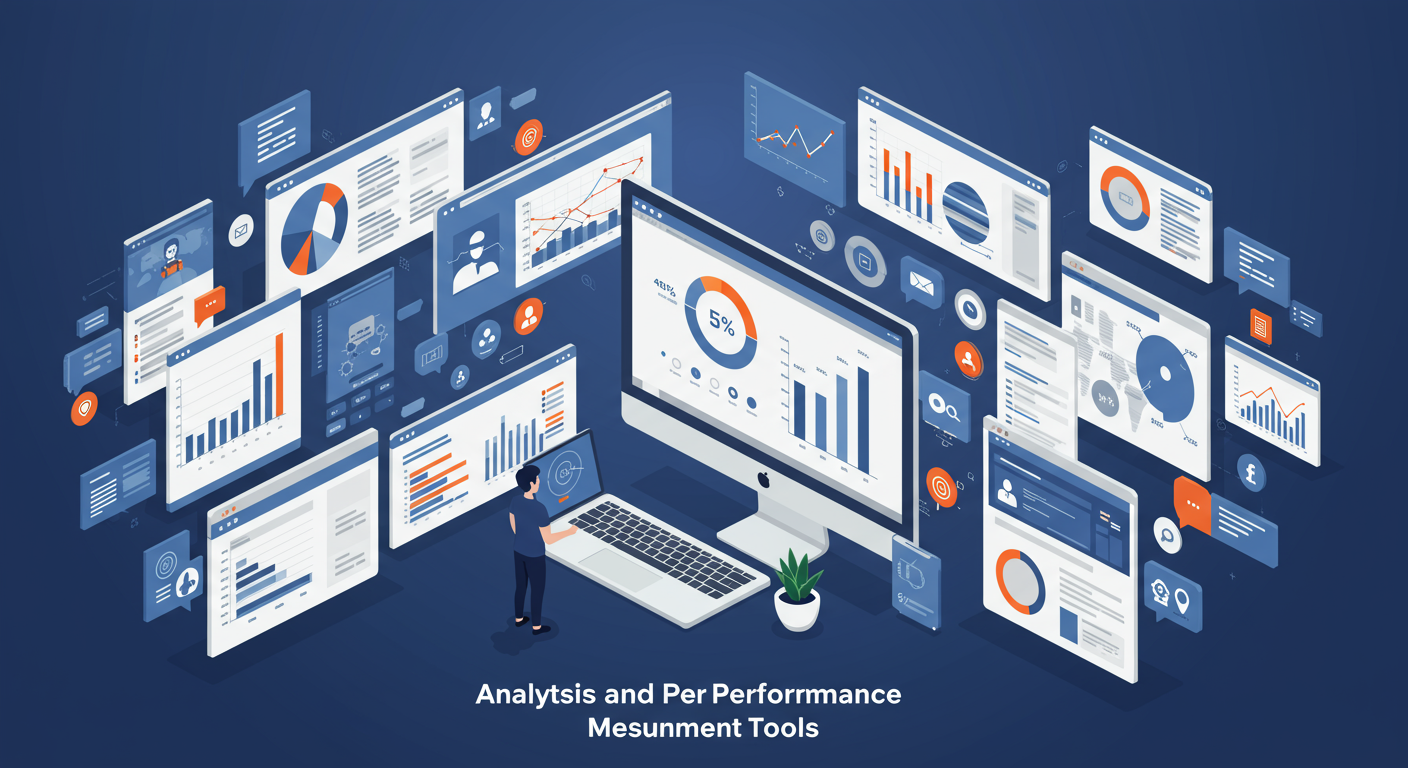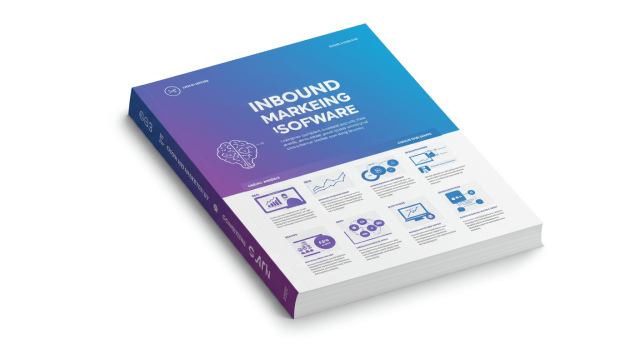Businesses spend an average of $4,000 per month on marketing software, yet many struggle to generate consistent leads. The difference between companies that thrive and those that merely survive often comes down to choosing the right inbound marketing tools.
Inbound marketing has transformed how businesses attract, engage, and delight customers. Rather than interrupting potential customers with ads, inbound marketing creates valuable content that naturally draws people to your brand. Success depends heavily on having the right software stack to support your strategy.
Understanding Inbound Marketing Software Categories

Inbound marketing tools fall into several distinct categories, each serving specific functions in your overall strategy. Understanding these categories helps you identify gaps in your current setup and make informed decisions about new investments.
Content Management and Creation Tools
Content sits at the heart of inbound marketing. Your ability to consistently create, manage, and distribute valuable content directly impacts your success. Modern content management systems go beyond basic publishing to offer SEO optimization, collaboration features, and performance tracking.
WordPress remains the most popular choice for content management, powering over 40% of all websites. Its flexibility, extensive plugin ecosystem, and SEO-friendly structure make it ideal for businesses of all sizes. HubSpot CMS offers an integrated alternative that connects seamlessly with other marketing tools, while platforms like Contentful provide headless CMS solutions for more complex technical requirements.
Content creation tools have evolved to support various formats and workflows. Canva simplifies graphic design for non-designers, while tools like Loom enable quick video creation for tutorials and demos. Writing assistants like Grammarly ensure your content maintains professional quality, and platforms like CoSchedule help plan and organize your content calendar.
Customer Relationship Management (CRM) Systems
Your CRM serves as the central hub for all customer interactions and data. Modern CRM systems go beyond contact management to provide sales pipeline tracking, automated workflows, and detailed analytics that inform your marketing decisions.
HubSpot offers a free CRM that integrates naturally with its marketing tools, making it popular among small to medium businesses. Salesforce provides enterprise-level functionality with extensive customization options, though it requires more technical expertise. Pipedrive focuses on sales pipeline management with an intuitive interface that sales teams actually want to use.
The key is choosing a CRM that grows with your business and integrates well with your other marketing tools. Data silos between systems create inefficiencies and missed opportunities for personalization.
Email Marketing and Automation Platforms
Email marketing continues to deliver the highest ROI of any digital marketing channel, generating an average return of $42 for every dollar spent. However, success requires more than sending newsletters—modern email marketing involves sophisticated automation, segmentation, and personalization.
Mailchimp has democratized email marketing with user-friendly templates and automation features suitable for businesses just starting their email programs. ConvertKit caters specifically to creators and bloggers with powerful tagging and segmentation capabilities. ActiveCampaign combines email marketing with CRM functionality, offering advanced automation workflows that can nurture leads through complex sales cycles.
The most effective email marketing tools provide detailed analytics, A/B testing capabilities, and seamless integration with your website and CRM. Look for platforms that can track subscriber behaviour beyond email opens and clicks, connecting email engagement to website activity and sales outcomes.
Marketing Automation and Lead Nurturing
Marketing automation transforms how businesses nurture leads from initial awareness through purchase and beyond. These tools enable you to deliver personalized experiences at scale, ensuring no lead falls through the cracks while maintaining the human touch that builds trust.
HubSpot’s marketing automation features allow you to create complex workflows based on user behavior, demographics, and engagement history. Marketo provides enterprise-level automation with sophisticated lead scoring and account-based marketing capabilities. Pardot, now part of Salesforce, offers B2B-focused automation that integrates tightly with Salesforce CRM.
Effective automation starts with clear customer journey mapping. Understanding how prospects move from awareness to consideration to decision allows you to create relevant touchpoints that guide them naturally toward purchase. The best automation feels helpful rather than pushy, providing value at each interaction.
Analytics and Performance Measurement Tools

Data drives successful inbound marketing strategies. Without proper measurement, you’re essentially marketing blind, unable to identify what’s working, what needs improvement, or where to allocate future resources.
Google Analytics remains the foundation of web analytics, providing detailed insights into website traffic, user behaviour, and conversion tracking. Google Search Console reveals how your content performs in search results and identifies opportunities for SEO improvement. These free tools offer enterprise-level capabilities that many businesses never fully utilize.
HubSpot’s analytics dashboard provides a unified view of marketing performance across channels, making it easier to understand the customer journey and attribute conversions accurately. More specialized tools like SEMrush offer competitive intelligence and keyword research capabilities, while platforms like Hotjar provide heatmaps and user session recordings that reveal how visitors actually interact with your website.
Social Media Management Solutions
Social media serves multiple functions in inbound marketing: content distribution, community building, customer service, and lead generation. Managing multiple platforms effectively requires tools that streamline publishing, monitoring, and engagement.
Hootsuite and Buffer remain popular choices for scheduling and publishing content across multiple platforms. Sprout Social adds powerful analytics and social listening capabilities, helping you understand what your audience discusses and how they perceive your brand. LinkedIn Sales Navigator provides advanced prospecting features specifically for B2B companies.
The key to social media success lies in genuine engagement rather than broadcast marketing. The best social media tools help you maintain conversations, respond quickly to inquiries, and identify opportunities to provide value to your community.
Search Engine Optimization (SEO) Tools
Organic search traffic often represents the highest-quality leads for inbound marketing, as these visitors actively seek solutions to their problems. SEO tools help you understand search behavior, optimize your content, and track your performance against competitors.
Ahrefs and SEMrush offer comprehensive SEO toolkits including keyword research, backlink analysis, and competitive intelligence. These platforms help identify content opportunities and monitor your search performance over time. Moz provides similar capabilities with a focus on local SEO, making it valuable for businesses with physical locations.
Google’s own tools shouldn’t be overlooked. Google Keyword Planner provides search volume data directly from the source, while Google Trends reveals seasonal patterns and emerging topics in your industry. These insights inform content strategy and help you capitalize on trending topics before competitors catch on.
Website Optimization and Conversion Tools
Your website serves as the hub for all inbound marketing activities. Optimization tools help ensure visitors have positive experiences that encourage engagement and conversion.
Optimizely and VWO enable A/B testing of different page elements to improve conversion rates systematically. Unbounce specializes in landing page creation and optimization, providing templates and testing capabilities specifically designed for marketing campaigns. Hotjar reveals user behavior through heatmaps and session recordings, showing exactly how visitors interact with your pages.
Page speed significantly impacts both user experience and search rankings. Tools like GTmetrix and Google PageSpeed Insights identify optimization opportunities, while content delivery networks like Cloudflare improve loading times globally.
Integration and Workflow Management
The power of inbound marketing tools multiplies when they work together seamlessly. Integration platforms and workflow management tools ensure data flows smoothly between systems and eliminate manual tasks that waste time and introduce errors.
Zapier connects thousands of applications without requiring technical expertise, automating workflows like adding new email subscribers to your CRM or posting blog updates to social media. HubSpot’s Operations Hub provides more sophisticated data synchronization and workflow automation for complex business processes.
Project management tools like Asana or Monday.com help marketing teams coordinate campaigns, track deadlines, and maintain quality standards across all activities. The best teams use these tools not just for task management but for maintaining visibility into campaign performance and resource allocation.
Choosing the Right Tools for Your Business
Selecting the optimal inbound marketing toolkit depends on your business size, industry, budget, and specific goals. Start by auditing your current tools and identifying gaps in functionality or integration. Consider these factors when evaluating new solutions:
Budget constraints often limit options, but remember that the cheapest tools may cost more in the long run if they require excessive manual work or fail to integrate properly. Many platforms offer free tiers or trials that allow you to test functionality before committing to paid plans.
Scalability matters more than current needs. Choose tools that can grow with your business rather than requiring replacement as you expand. This includes considering user limits, feature restrictions, and pricing tiers for higher volumes.
Team expertise influences tool selection significantly. The most sophisticated platform won’t help if your team can’t use it effectively. Balance functionality with usability, and factor in training time and ongoing support requirements.
Building Your Inbound Marketing Technology Stack
Creating an effective inbound marketing technology stack requires strategic planning rather than impulsive tool acquisition. Start with the fundamentals: website analytics, email marketing, and CRM. These form the foundation that supports all other activities.
Layer additional tools based on specific needs and proven ROI. If content creation consumes significant time, invest in tools that streamline the process. If lead nurturing represents a bottleneck, prioritize marketing automation. Avoid the temptation to add tools without clear purposes or success metrics.
Integration capabilities should influence every tool selection. Data silos undermine the connected experience that makes inbound marketing effective. Prioritize tools that offer native integrations or work well with platforms like Zapier.
Maximizing Your Marketing Tool ROI
Investing in inbound marketing tools represents just the beginning. Maximizing return on investment requires ongoing optimization, training, and strategic alignment across your organization.
Regular audits help identify underutilized features and optimization opportunities. Many businesses use only a fraction of their tools’ capabilities, missing chances to improve efficiency and results. Schedule quarterly reviews to assess tool performance and explore new features.
Team training ensures everyone can leverage your tools effectively. This includes not just initial onboarding but ongoing education as platforms evolve and add new capabilities. Consider designating tool champions who stay current with updates and share knowledge with colleagues.
Data quality directly impacts tool effectiveness. Implement processes to maintain clean, accurate data across all platforms. This includes regular database cleanup, standardized naming conventions, and clear guidelines for data entry and updates.
The inbound marketing landscape continues evolving rapidly, driven by changing consumer behavior, privacy regulations, and technological advancement. Successful businesses adapt their tool strategies accordingly while maintaining focus on fundamental principles of providing value and building relationships.
Choose tools that align with your specific goals and resources. Implement them systematically rather than all at once. Monitor performance consistently and optimize based on data rather than assumptions. Your inbound marketing success depends not on having every available tool but on using the right tools effectively to create meaningful connections with your audience.




